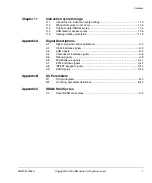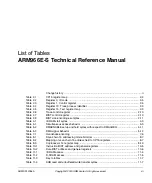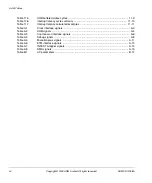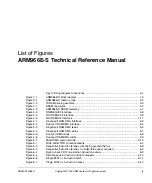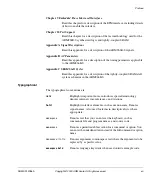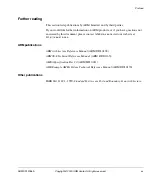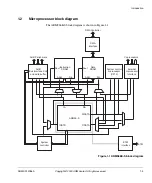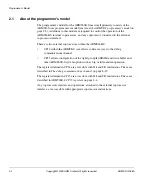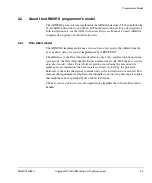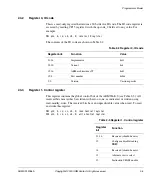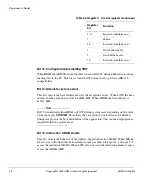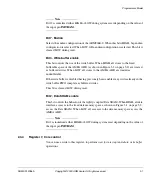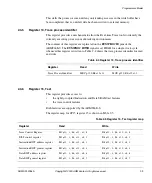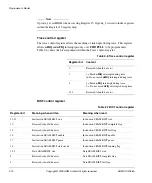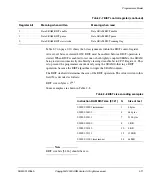
Introduction
1-2
Copyright © 2000 ARM Limited. All rights reserved.
ARM DDI 0186A
1.1
About the ARM966E-S
The ARM966E-S is a
synthesizable
macrocell combining an ARM processor with
tightly-coupled SRAM memory. It is a member of the ARM9 Thumb family of
high-performance, 32-bit
System-on-Chip
(SoC) processor solutions and is targeted at
a wide range of embedded applications where high performance, low system cost, small
die size, and low power are all important.
The ARM966E-S processor macrocell provides a complete high-performance
processor subsystem, including an ARM9E-S RISC integer CPU, tightly-coupled
SRAM for each of the instruction and data CPU interfaces, write buffer and an AMBA
AHB bus interface. Providing this complete high-frequency subsystem frees the SoC
designer to concentrate on design issues unique to their system. The synthesizable
nature of the device eases integration into ASIC technologies.
The tightly-coupled SRAMs within the ARM966E-S macrocell allow high-speed
operation without incurring the performance and power penalties of accessing the
system bus, while having a lower area overhead than a cached memory system. The size
of both the instruction and data SRAM are implementor-configurable to allow tailoring
of the hardware to the embedded application. Additionally, You can configure the data
SRAM interface to allow
Direct Memory Access
(DMA) to this RAM.
The ARM9E-S core within the ARM966E-S macrocell executes both the 32-bit ARM
and 16-bit Thumb instruction sets, allowing trade off between high performance and
high code density. Additionally the ARM9E-S features:
•
ARMv5T 32-bit instruction set with improved ARM/Thumb code interworking
and enhanced multiplier designed for improved DSP performance
•
ARM debug architecture with additional support for real-time debug, which
allows critical exception handlers to execute while debugging the system.
The ARM966E-S includes support for external coprocessors allowing floating point or
other application-specific hardware acceleration to be added.
To minimize die size and power consumption the ARM966E-S does not provide virtual
to physical address mapping as this is not required by most embedded systems. A
simple fixed memory map is implemented for the close-coupled local RAM, ideally
suited to small, fast, real-time embedded control applications.
The ARM966E-S synthesizable implementation supports the use of a scan test
methodology for the standard cell logic and
Built-In-Self-Test
(BIST) for the
tightly-coupled SRAM.
Summary of Contents for ARM966E-S
Page 6: ...Contents vi Copyright 2000 ARM Limited All rights reserved ARM DDI 0186A ...
Page 20: ...Introduction 1 4 Copyright 2000 ARM Limited All rights reserved ARM DDI 0186A ...
Page 48: ...Tightly coupled SRAM 4 12 Copyright 2000 ARM Limited All rights reserved ARM DDI 0186A ...
Page 80: ...Bus Interface Unit 6 20 Copyright 2000 ARM Limited All rights reserved ARM DDI 0186A ...
Page 118: ...Debug Support 8 26 Copyright 2000 ARM Limited All rights reserved ARM DDI 0186A ...
Page 130: ...Test Support 10 8 Copyright 2000 ARM Limited All rights reserved ARM DDI 0186A ...
Page 142: ...Instruction cycle timings 11 12 Copyright 2000 ARM Limited All rights reserved ARM DDI 0186A ...
Page 158: ...Signal Descriptions A 16 Copyright 2000 ARM Limited All rights reserved ARM DDI 0186A ...
Page 176: ...AC Parameters B 18 Copyright 2000 ARM Limited All rights reserved ARM DDI 0186A ...


